Running a Home-Based Vintage Clothing Restoration Business
Updated on: by Amy Kennedy
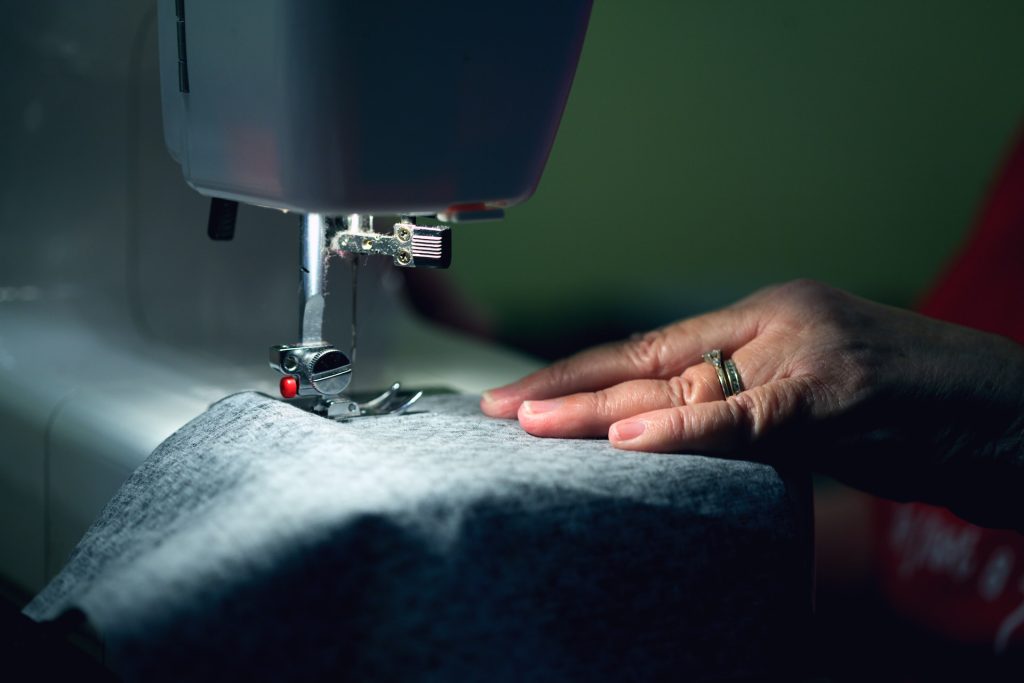
Vintage clothing, with its charm and timeless appeal, has captivated the fashion world, making it more than just a passing trend.
Need Easy Extra $350+/Month For Free?
- SwagBucks: Watch videos, take surveys, shop and more to earn real money. Earn up to $35 per survey! No hidden fees and completely free. Join Swagbucks Now to Get $5 Free
- InboxDollars: Has so far paid its members over $40 Million. Watch videos, take surveys, shop and more. Join InboxDollars Now and Get Free $5
- SurveyJunkie: Make $5-$25 in your spare time from home to take online surveys, participating in a Focus Groups and trying new products. Join SurveyJunkie Now
- Branded Surveys: Complete online surveys. Collect points. Redeem your points for cash & gift cards. No hidden fees and completely free! Has so far paid its members over $18 Million. Join Branded Surveys Now
As more individuals seek to own a piece of history, the demand for vintage clothing restoration has significantly increased.
Amid this backdrop, starting a home-based vintage clothing restoration business can be a rewarding venture, intertwining passion and profits.
This comprehensive guide will enlighten you about the ins and outs of this exciting business opportunity.
Understanding Vintage Clothing Restoration
What is Vintage Clothing Restoration?
Vintage clothing restoration is a specialized process that involves repairing, cleaning, and restoring pre-owned garments typically from previous eras, aiming to bring them back to their original or wearable condition.
This not only preserves the history associated with each piece but also breathes new life into them.
Restoration can range from simple fixes such as patching holes and mending seams, to more complicated tasks like replacing buttons with period-appropriate pieces, or recreating intricate patterns on a damaged vintage lace dress.
The process doesn’t stop at physical restoration; it also includes proper cleaning. Given the age and delicacy of vintage fabrics, traditional cleaning methods like machine washing can cause further damage.
Specialized techniques such as wet cleaning or dry cleaning, both of which you can learn more about on textile and garment care websites like Drycleaning & Laundry Institute International, are often employed to ensure the garment’s longevity.
Importance of Vintage Clothing Restoration
The importance of vintage clothing restoration lies in preserving the cultural significance and intricate craftsmanship of these historic pieces. Each vintage piece tells a story, reflects an era, and exudes a unique style that is often hard to replicate in modern fast-fashion items.
By restoring vintage clothing, we’re not only extending the life of these items but also promoting sustainable fashion. It’s a way of countering the fast fashion industry’s harmful environmental impacts, a sentiment echoed by The Good Trade, a resource for ethical and sustainable fashion.
Role of a Vintage Clothing Restoration Business in the Fashion Industry
A vintage clothing restoration business plays a critical role in the fashion industry by preserving historical fashion pieces, keeping them in circulation, and promoting sustainable consumer habits.
In an age where fast fashion’s impact on the environment is increasingly concerning, vintage clothing restoration provides a more sustainable alternative.
By restoring and reselling vintage pieces, these businesses help reduce waste and minimize the demand for new clothing production, leading to a smaller carbon footprint.
They also cater to a growing number of consumers who prefer unique, high-quality vintage pieces over mass-produced items, further diversifying the fashion industry’s offerings.
Moreover, these businesses support the education of consumers about the history and significance of different fashion trends, eras, and styles, enhancing the overall appreciation of fashion as an art form.
Need Easy Extra Cash?
Pinecone Research, a leading name in online survey panel honesty, absolutely guarantees $3 cash for every survey you complete!
Take advantage of their time limited New Membership drive and register NOW. Join today: 100% free!
Join Pinecone Research Now
Getting Started with Your Home-Based Vintage Clothing Restoration Business
Setting Up Your Home-Based Vintage Clothing Restoration Business: A Step-by-Step Guide
To get started, here are some crucial steps:
Identifying Your Niche
The first step in setting up your home-based vintage clothing restoration business is identifying your niche. This could be based on a specific era, style, or type of clothing.
For example, you might specialize in restoring 1950s cocktail dresses or vintage men’s suits. The niche you choose should align with your interests and expertise, but also be in demand in the market.
Online resources like Vogue or Harper’s Bazaar can help you keep track of the latest vintage fashion trends.
Sourcing for Vintage Clothing
Once you’ve identified your niche, the next step is sourcing your vintage clothing. This can be done through various channels such as thrift stores, estate sales, auctions, and online platforms like eBay or Etsy.
When sourcing, it’s crucial to inspect the items thoroughly to assess their condition and determine the extent of restoration required.
Setting Up Your Workspace
Your workspace should be a comfortable area where you can work efficiently. This could be a spare room in your home, a garage, or even a shed converted into a workspace.
Ensure it’s well-lit, spacious enough for your tasks, and has storage for your tools, equipment, and clothing items. Sites like IKEA offer great solutions for organizing a functional home workspace.
Essential Tools and Equipment for a Vintage Clothing Restoration Business
The tools and equipment you’ll need will depend on the type of restorations you’ll be doing, but some basics include a sewing machine, a variety of threads, needles, a seam ripper, fabric scissors, an iron, and a pressing cloth.
For more intricate restorations, you may require specialty items like fabric dyes, adhesives, and hardware replacements like zippers or buttons. Consider starting a relationship with suppliers like JOANN for basic sewing needs and Dharma Trading Co. for specialty fabric dyes and paints.
It’s also wise to invest in resources for proper cleaning of vintage items. As previously mentioned, these items often require delicate care, so having mild detergents or fabric cleaners and gentle cleaning tools on hand is essential.
Having a well-stocked workspace not only enables you to work efficiently but also ensures you’re prepared to handle a wide range of restoration needs, ultimately leading to a more successful vintage clothing restoration business.
Knowledge and Skills Required for Vintage Clothing Restoration
Necessary Skills and Knowledge for Restoration
It is crucial to have the necessary skills and knowledge before you get started. Here are the skills and knowledge you need to have:
Understanding Fabric Types and Their Care
Successful vintage clothing restoration requires a deep understanding of different fabric types and how to care for them. From delicate materials like silk and lace to sturdy ones like denim and wool, each fabric has unique properties that dictate the best cleaning methods and the type of restoration work possible.
Websites like Textile School, offer a wealth of information about various fabric types and their care.
Mastery of Sewing and Alterations
A mastery of sewing and alterations is crucial for anyone venturing into the vintage clothing restoration business. This skill allows you to perform tasks ranging from basic mending to more complex alterations, such as resizing a garment or replacing a zipper.
Many resources, such as the sewing courses on Craftsy, can help you hone these skills.
Understanding Vintage Fashion Styles and Trends
An understanding of vintage fashion styles and trends can significantly enhance your restoration work. This knowledge helps you make informed decisions about which garments are worth restoring and how to restore them authentically.
Following fashion history resources like Fashion-Era can provide a deeper understanding of different eras and their signature styles.
Benefits of Getting Certified in Clothing Restoration
While not a requirement, getting certified in clothing restoration can provide several benefits. Firstly, it helps solidify your knowledge and technical skills, ensuring you’re equipped to handle various restoration challenges.
Secondly, it can enhance your credibility, giving potential clients confidence in your abilities.
Organizations like The University of Fashion, offer online courses and certifications in different aspects of fashion, including restoration. By earning these certifications, you demonstrate your commitment to the craft and set your business apart in the competitive vintage clothing restoration market.
Marketing Your Vintage Clothing Restoration Business
Importance of Effective Marketing for a Home-Based Business
Effective marketing is crucial to the success of your home-based vintage clothing restoration business. It not only helps raise awareness about your services but also enables you to reach potential customers, build relationships, and ultimately grow your business.
Techniques to Market Your Business
Building a Website and Leveraging SEO
Creating a professional website for your business serves as your digital storefront. It should showcase your services, examples of your work, and customer testimonials.
Additionally, leveraging Search Engine Optimization (SEO) can improve your website’s visibility on search engines. Tools like Google’s Keyword Planner can help identify relevant keywords for your business.
Utilizing Social Media Platforms
Social media platforms such as Instagram, Pinterest, and Facebook are excellent tools for showcasing your work and engaging with potential customers. They also provide opportunities for promotions and collaborations.
For example, you can use Instagram’s ‘story’ and ‘post’ features to share before-and-after photos of your restoration projects.
Networking and Partnerships
Networking with other businesses and participating in local events can also help market your business. Forming partnerships with vintage clothing stores, for example, can provide a steady source of customers.
You can find networking opportunities through local business associations or websites like Meetup.
Earn Everything… nearly!
Join Opinion Outpost, one of the few faithful and honest survey panels and earn cash and gift cards for your opinion. Stack your points and redeem them: Simple! No hidden fees and completely free!
Join Opinion Outpost Now
Case Studies of Successful Vintage Clothing Restoration Businesses
Studying successful vintage clothing restoration businesses can provide insights into effective marketing strategies.
For example, The Vintage Studio, a UK-based vintage clothing restoration business, has successfully utilized their website and Instagram to showcase their work and reach a broader audience.
Similarly, Vintage Textile has leveraged its niche in high-quality antique and vintage clothing to build a robust online presence. These case studies illustrate how a strong online presence combined with quality services can drive the success of a vintage clothing restoration business.
Future Trends in Vintage Clothing Restoration
The Role of Sustainability in Vintage Clothing Restoration
Sustainability is increasingly shaping the future trends in vintage clothing restoration. As consumers become more environmentally conscious, they’re seeking ways to reduce waste and promote sustainability.
Vintage clothing restoration plays into this trend as it allows for the reuse and repurposing of existing garments, thereby reducing the demand for new clothing production and the associated environmental impact.
Moreover, there’s a growing trend of consumers seeking unique, quality items with a story, over mass-produced fast-fashion items. Vintage clothing fits into this niche, offering both style and sustainability.
Technological Advancements in Clothing Restoration
Technology also plays a significant role in the future of vintage clothing restoration. Advancements in fabric care technologies are allowing for more efficient and effective cleaning and restoration of vintage garments.
For instance, ozone treatment technology can remove odors and disinfect garments without using water or chemicals, making it ideal for delicate vintage items.
In addition, as augmented reality (AR) and virtual reality (VR) technologies become more prevalent, they could be used to offer virtual fittings or previews of restored items, enhancing the customer experience.
Finally, e-commerce platforms and social media are continually evolving, offering new tools and features for businesses to showcase their work and reach a wider audience.
For example, Instagram’s shopping feature allows businesses to tag products in their posts, making it easier for potential customers to view and purchase items.
All these trends point towards a future where vintage clothing restoration businesses can leverage sustainability and technology to offer superior services and reach more customers.
Conclusion
Running a home-based vintage clothing restoration business is not just about reviving forgotten fashion; it’s also about embracing sustainability and contributing to the circular economy.
With the right skills, marketing strategies, and a genuine love for vintage fashion, you can transform this passion into a profitable venture.
As the demand for vintage clothing continues to surge, so do the opportunities in this niche.
So why wait? It’s time to dive in and make your mark in the vintage fashion world.
Related Posts:
- The Legal Side of Running a Home Business: What You Need to Know
- Franchising Opportunities: Running a Business from Home
- How to Turn Your Artistic Talent into a Home-Based Business
- 10 Best Ways to Monetize Your Expertise in Vintage Watches
- The Ultimate 2023 Guide for Home Based Business Ideas
Earn Everything… nearly!
Join Ipsos iSay, one of the few Faithful and Honest survey panels and earn prizes, gift cards and donations. Stack your points and redeem them: Simple! No hidden fees and completely free!

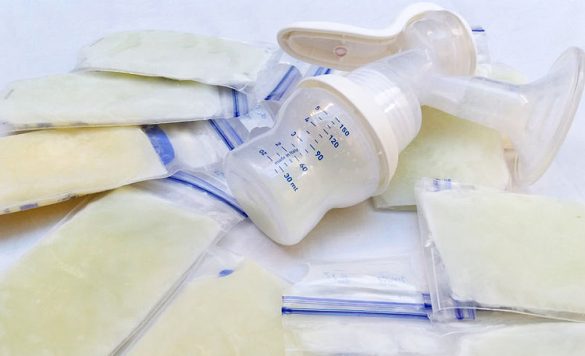



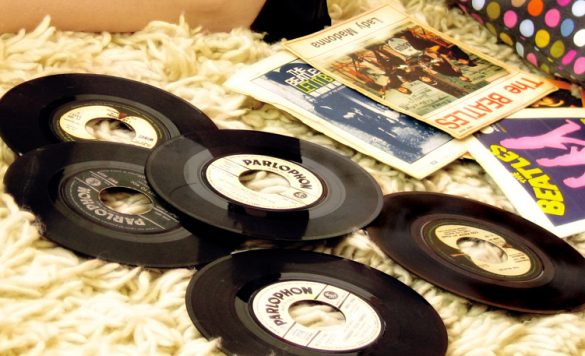








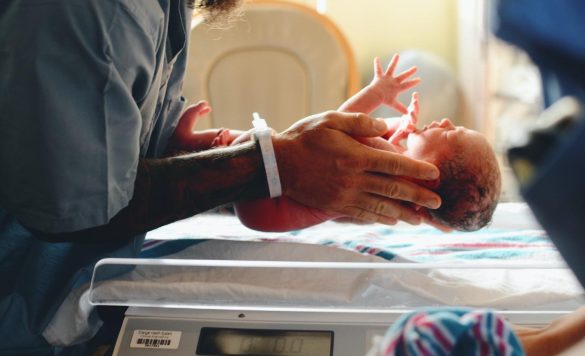


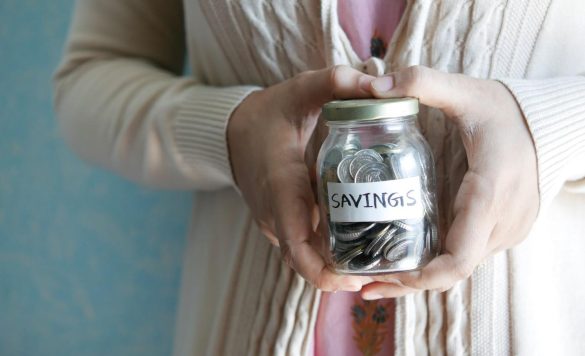
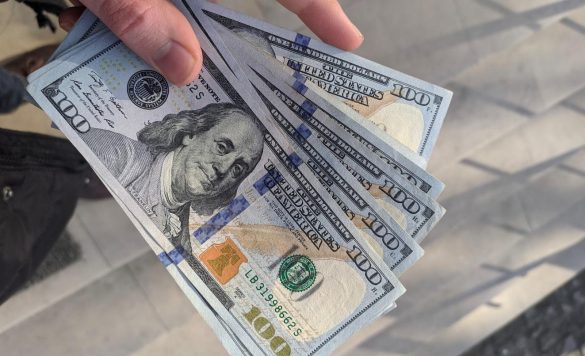

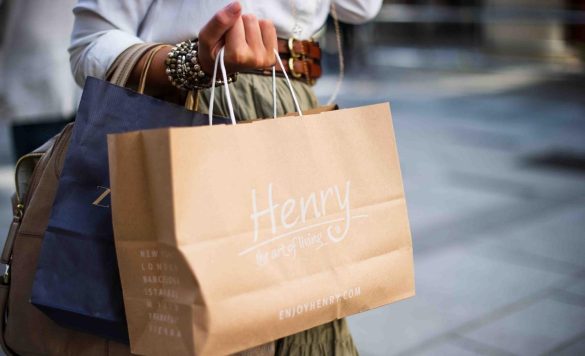
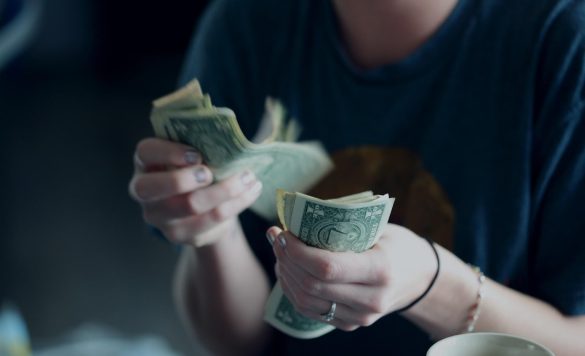
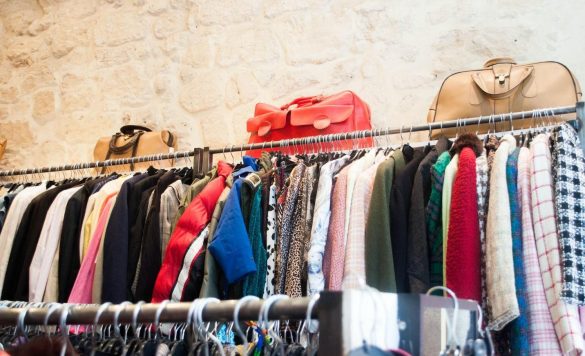
Comments
Click here to post a comment...
Post comment